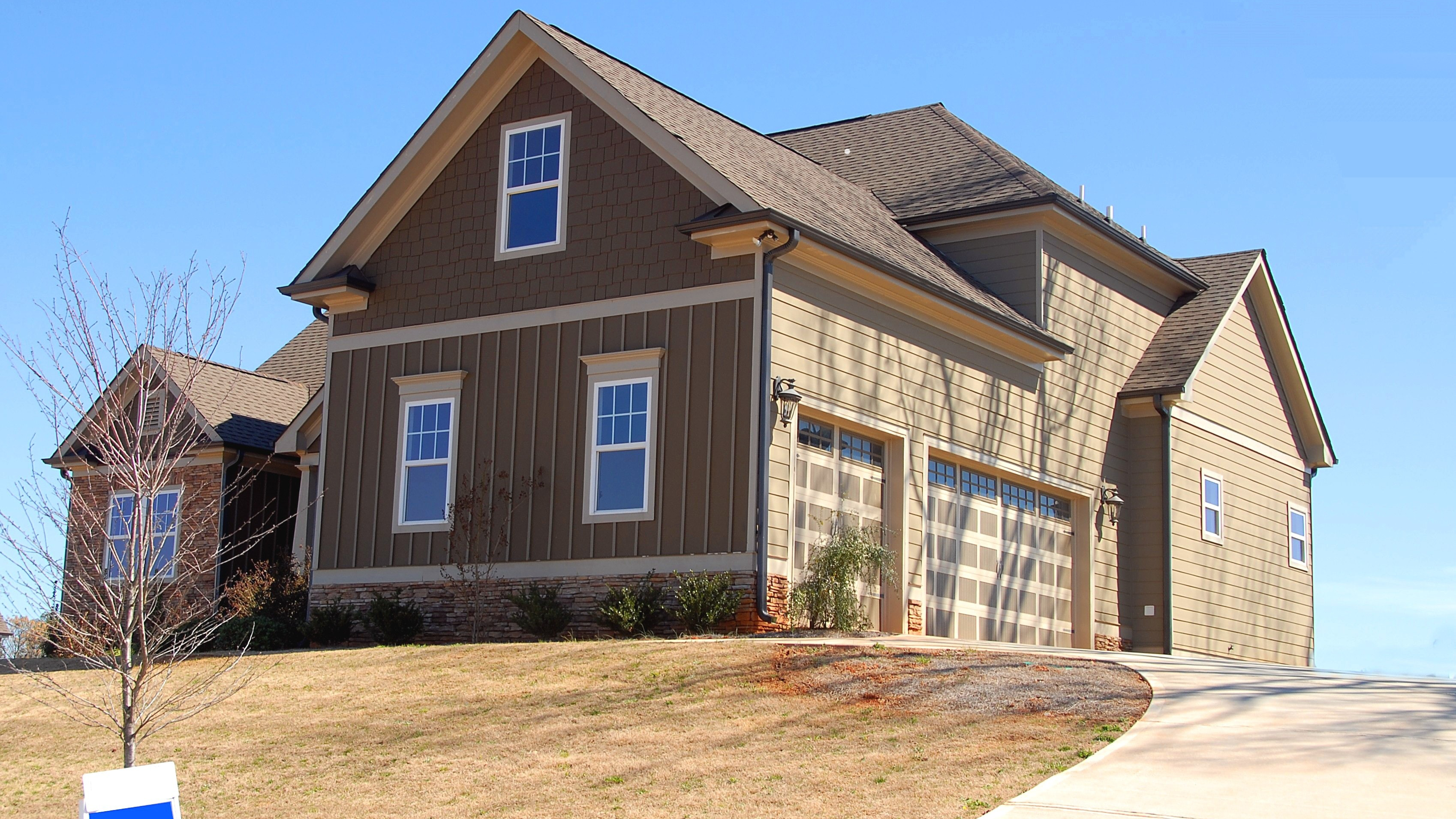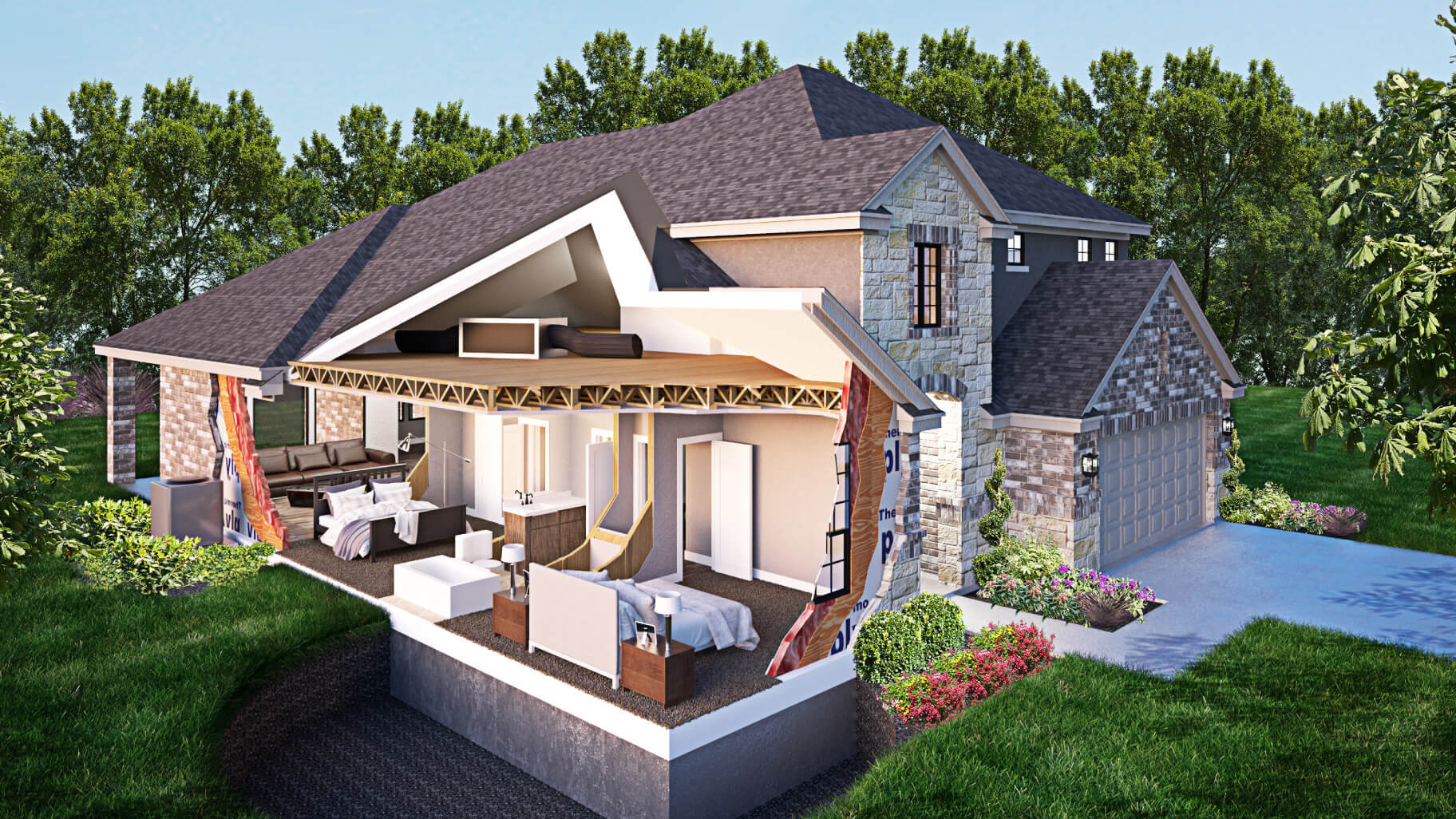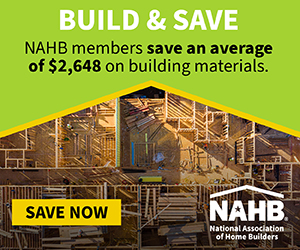
Builder confidence in the single-family 55+ housing market dropped 30 points to 38 in the first quarter, according to the NAHB 55+ Housing Market Index (HMI) released today. This is the lowest reading since the fourth quarter of 2012.
The 55+ HMI measures two segments of the 55+ housing market: single-family homes and multifamily condominiums. Each segment of the 55+ HMI measures builder sentiment based on a survey that asks if current sales, prospective buyer traffic and anticipated six-month sales for that market are good, fair or poor (high, average or low for traffic).
“Before the coronavirus pandemic, the 55+ housing market was doing very well and was poised to continue on that path moving forward,” said Harry Miller III, chairman of NAHB’s 55+ Housing Industry Council and president of Regal Builders LLC in Dover, Del. “Now, many builders are in a holding pattern as potential home buyers in that age bracket are concerned about visiting sales centers and are waiting to see how the crisis will impact their ability to sell their existing homes.”
For the three index components of the 55+ single-family HMI, present sales fell 25 points to 48, expected sales for the next six months dropped 41 points to 34 and traffic of prospective buyers fell 33 points to 18.
The 55+ multifamily condo HMI fell 29 points to 29—the lowest reading since the fourth quarter of 2012. All three index components posted decreases from the previous quarter: Present sales fell 24 points to 36, expected sales for the next six months dropped 34 points to 27 and traffic of prospective buyers fell 39 points to 14.
All four components of the 55+ multifamily rental market went down compared to the previous quarter: Present production dropped 18 points to 47, future expected production fell 24 points to 42, present demand decreased 32 points to 50 and future expected demand dropped 34 points to 49.
“Like the broader housing market, the 55+ housing market has taken a significant hit due to the effects of the pandemic,” said NAHB Chief Economist Robert Dietz. “While we expect to see some further impacts in the short-term, we do expect the housing market to stabilize later this year and help lead the economy back to more solid footing.”
For the full 55+ HMI tables, please visit nahb.org/55hmi.



















